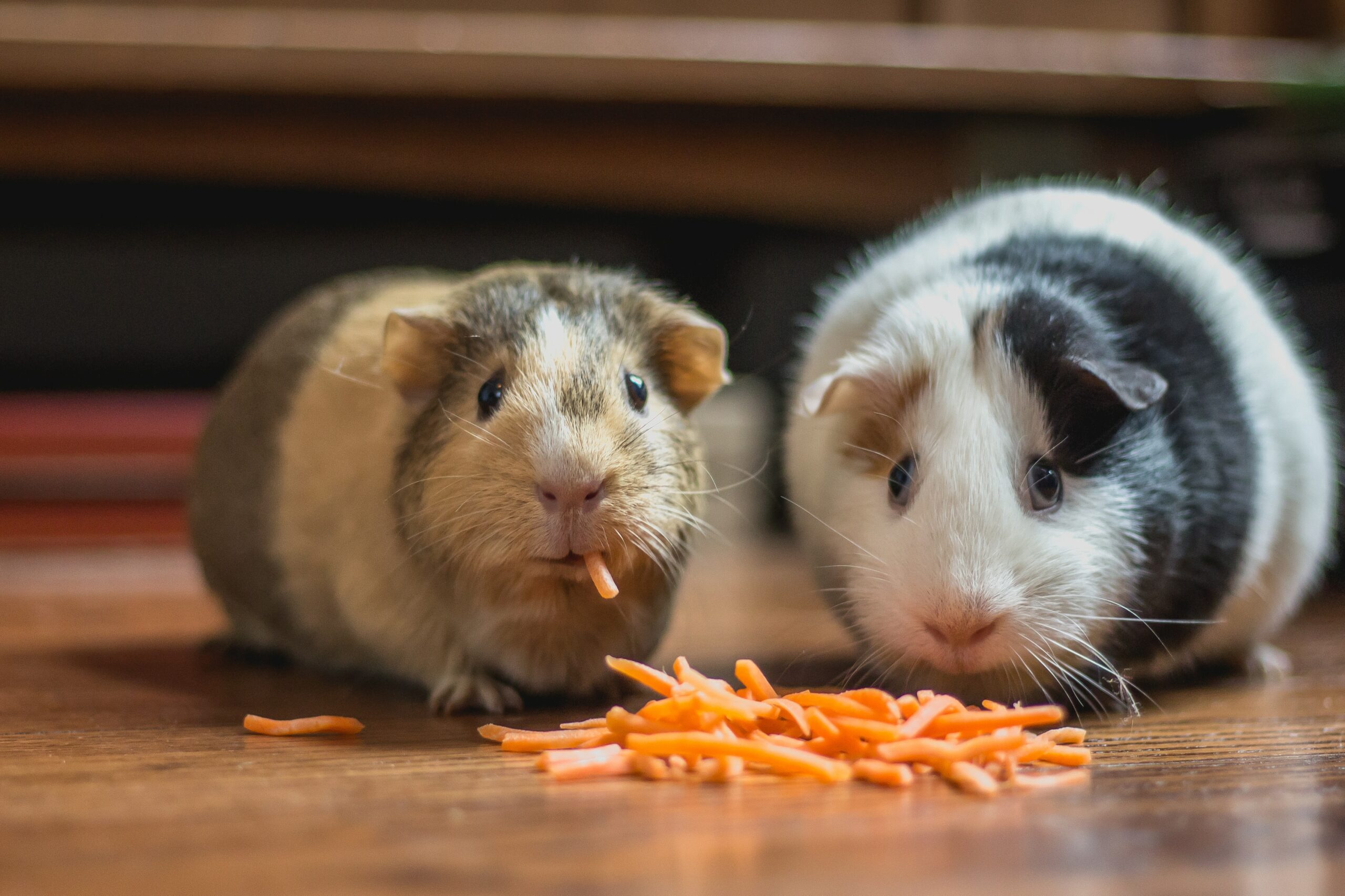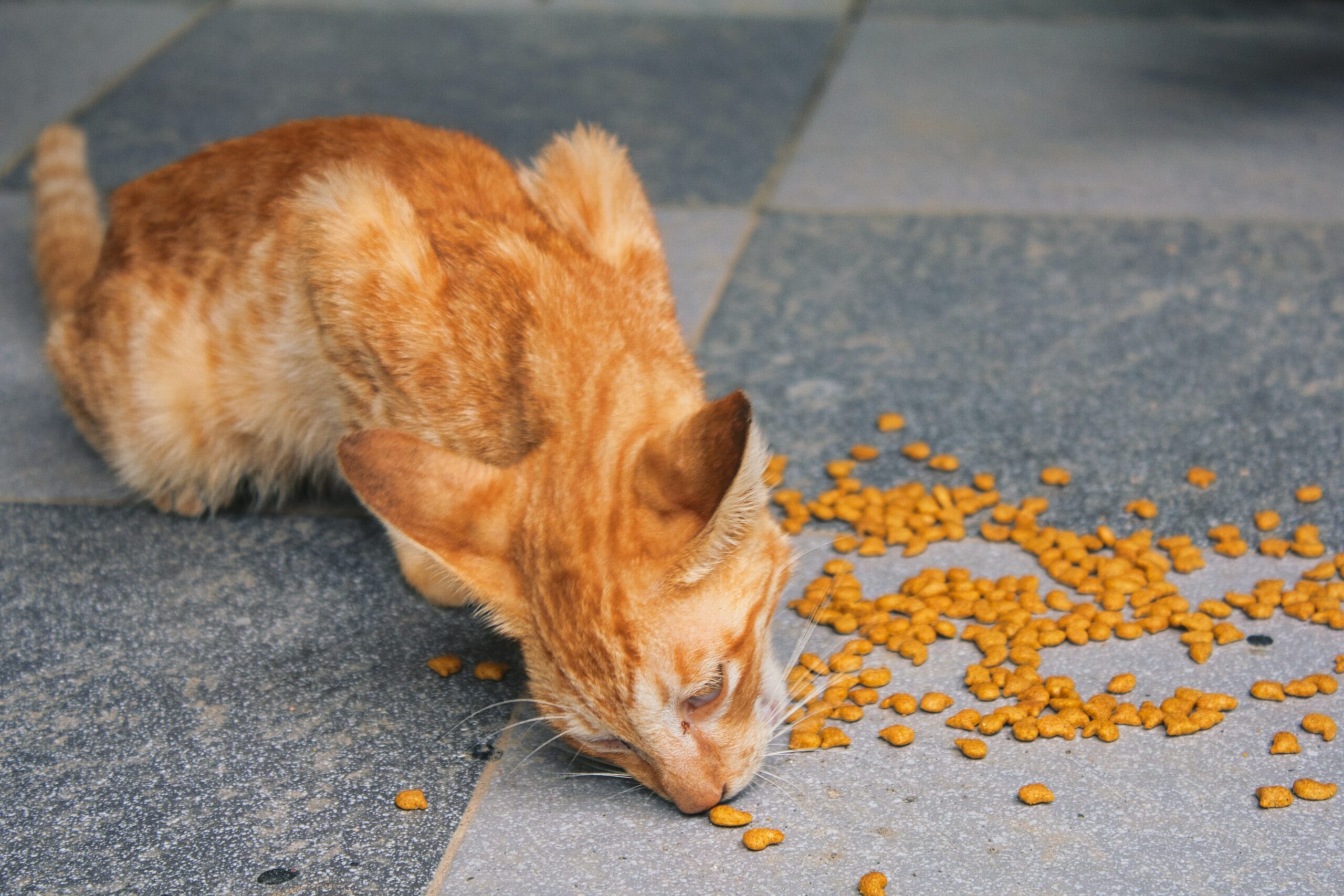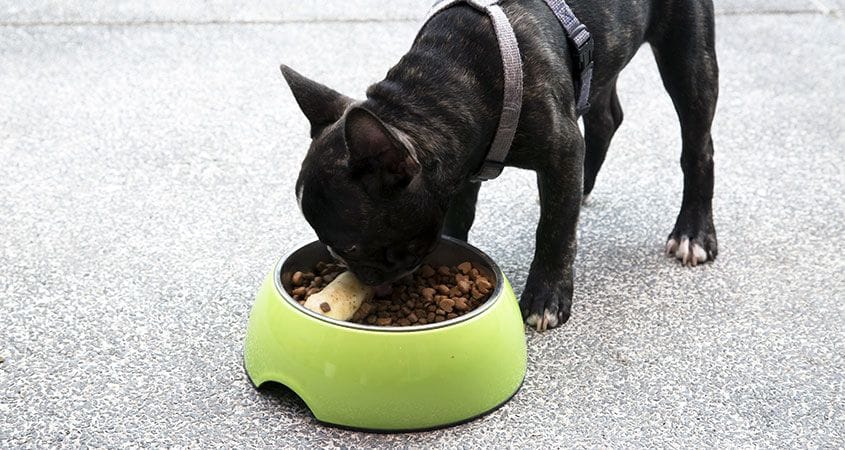Thousands of years of cohabitation enabled us to gain a deeper understanding of our animals’ behavior. Dogs and cats, among the most domesticated animals, have also developed “human characteristics.” As a result, we sometimes forget about their non-human existence. As a result, many myths and stereotypes persist to this day. Even in the case of pet food, which is a thorny problem.
1: The Best Pet Food Is “Natural” Pet Food.
Although the term “natural” appears on some pet food packages, it’s difficult to know exactly what it entails. The US Food and Drug Administration (FDA), which oversees pet food labeling in the country, has yet to issue an official description. Food without artificial flavors, dyes, or preservatives, on the other hand, is thought to be more “natural” and healthier for the animal.

2: Corn As Well As Other Grains Are Bad Fillers In Terms Of Quality.
Corn is not the low-cost filler that many people believe it to be. It provides nutrition to animals & contains important nutrients including carotene, which is transformed into vitamin A inside the body. Carotene aids in the improvement of the animal’s eyesight, skin protection, and bone and muscle reproduction.
If your dog is among the smaller breeds, keep a close eye on him while he nibbles on the corn cob because he could choke on even a kernel. If a portion of the cob is consumed, your dog can develop an intestinal obstruction, resulting in digestive issues.
3: Homemade Pet Food Is Better & Less Expensive Than Store-bought Food.
You can’t help but feel compelled to make your pet’s food from scratch. Additionally, there is the sentimental satisfaction of making all of your pet’s meals and snacks with your own hands. Nutritionally, homemade diets are rarely healthy and full. A trained dietitian is the only person who can establish a home diet for your pet.
4: Raw Animal Meat Is A Nutritious Choice.
Raw diets consist of a variety of meats, including muscles and organs. Others are the product of arrangements that the dog can consume the bones, and others are supplemented with fruits and vegetables.
Keep in mind! Giving dogs whole bones puts them at risk of coughing, tooth breakage, or gastrointestinal penetration, both of which can be deadly. Chicken bones should never be given to your dog! They splinter into long, sharp bits that the dog will choke on.
Of course, you’ve already learned about the advantages of eating raw foods. However, there is no definitive empirical proof that such a diet is beneficial to one’s health.

5: Whole Meat Products In Pet Food Have More Protein Than A Beef Meal.
Surely, you’ve come across the term “meat meal” while reading the ingredients of dog food. When many people see it on a food label, they immediately think it’s a low-quality ingredient that’s less nutritious than pure beef.
Meat meals, about whole meat, can be a good source of protein. You may also use it in greater quantities to boost the protein content of dry foods.
Knowing the difference between fact and fiction when it comes to pet food can help your pet live a happy and safe life. It can be difficult to choose between so-called prescription food (recommended by your veterinarian) and raw or dry food. Agree that not all human solutions are suitable for animals in order to keep your pet safe and long-lasting.


